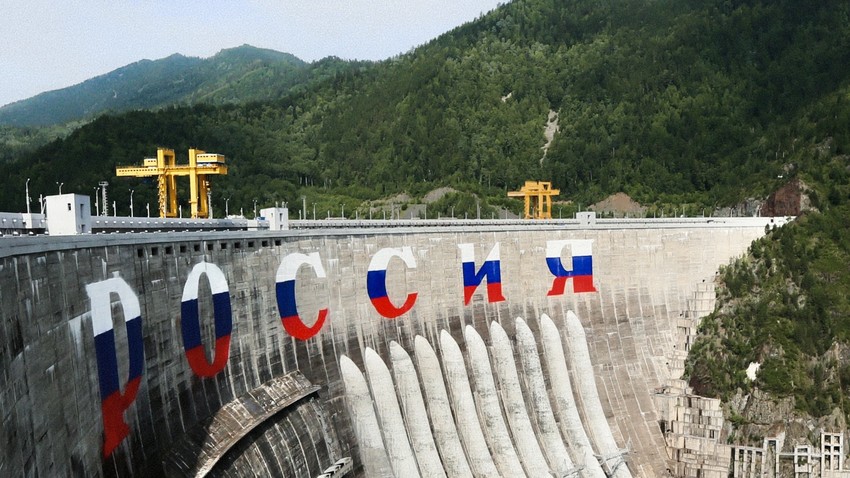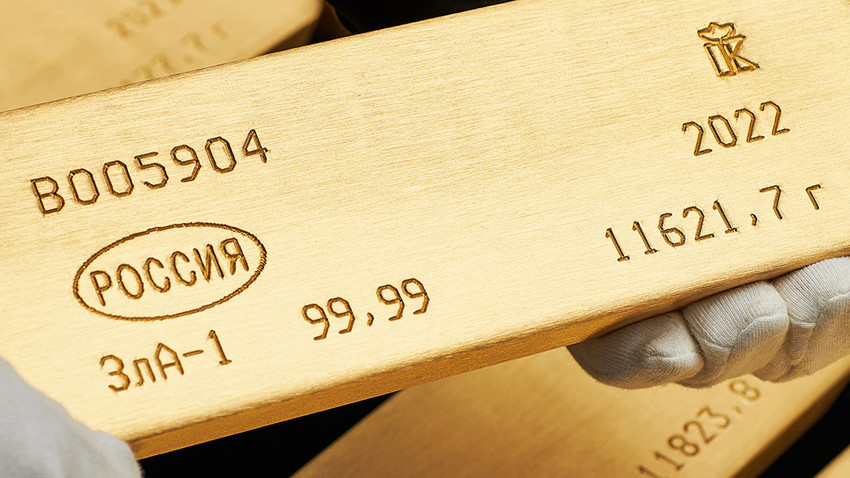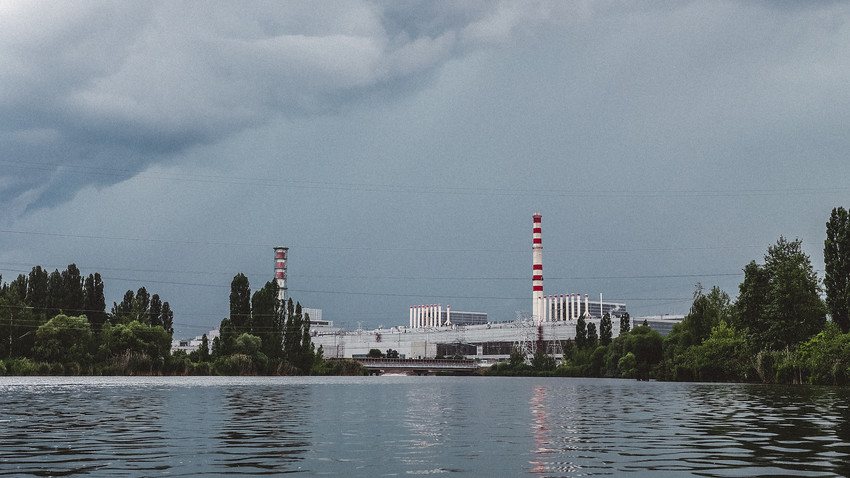Temper steel
Chelyabinsk Region
It’s dark and hot in the workshop… But, as soon as your eyes get used to it, you realize that the red-hot metal is so bright, that everything around it pales in comparison.
The huge flap rises unhurriedly and the well-organized mechanism produces a still thick “pancake” of steel. In just a few minutes, it is rolled out, stretched and given strength in a huge pipe-rolling mill. What will happen to this piece of metal afterwards? Will it become a part of the bridge, connecting two distant shores? Or will it plow the Arctic Ocean and become an icebreaker? How many reasons men have to mine ore and smelt metal day and night!
It seems that a blast furnace works most of all, taking thousands of tons of pig-iron, from which such needed steel is created.
The heat does not bother you at all. On the contrary, I want to get as close as possible to the red-hot rivers. But the only ones who can get close to it are the stoves’ miners, the intrepid heroes in shiny suits.
How to temper steel?
ℹ️ On the official site of Magnitogorsk Iron and Steel Works (MMK) you choose the route you are interested in, leave an application and wait to be contacted to coordinate the day and time of the excursion.
🧐 What attracts fans of industrial tourism to this place? Certainly the history and the scale of production!
1️⃣ The metallurgical giant occupies more than 9000 hectares. It’s as big as Paris or Barcelona 🗺
2️⃣ The largest blast furnace shop in the country, where iron ore is turned into pig iron, operates here 24 hours a day. Some of the blast furnaces have not been stopped for years. 🕘 🕞
3️⃣ On MMC's premises you can see Stan ‘5000’: this machine makes steel plates up to five meters wide and 18 meters long, which are further used in shipbuilding, power engineering, pipe and nuclear industries. This is the only machine of its kind in our country. ⚙️
4️⃣ Every third shell and armor of every second tank during the Great Patriotic War were made of Magnitogorsk steel. 🔧
5️⃣ MMK produces a unique carbon ribbon, from which all coins in Russia are made today. 💁♀️
6️⃣ If we add up all the products made by MMK over all years of operation and load them into wagons, this train can circle the Earth four times! 🚂
Helmeted tourism 👷♀️
☝️ The main rule of industrial tourism is that safety comes first. After all, you are not in a museum, but in a real production facility, especially such a huge one as Magnitogorsk Iron and Steel Works 🏭
If you are ready to be trained, to use individual protection means and to follow simple, but obligatory rules of behavior, you have a real possibility to see the beauty and impressive scale of metal works
👞 You only need to bring your passport. You can change into summer or winter clothes.
👷 Your guide will explain all the details of production. Use our radio system 🎧 You can hear every word in the noisy workshops.
You can and should take photos, but only in designated places.
🚐 It is impossible to walk around the city in a couple of hours, so the most interesting places will be taken to you by special transport.
🙌 Although every visitor of the tour is insured, don’t forget about safety!



